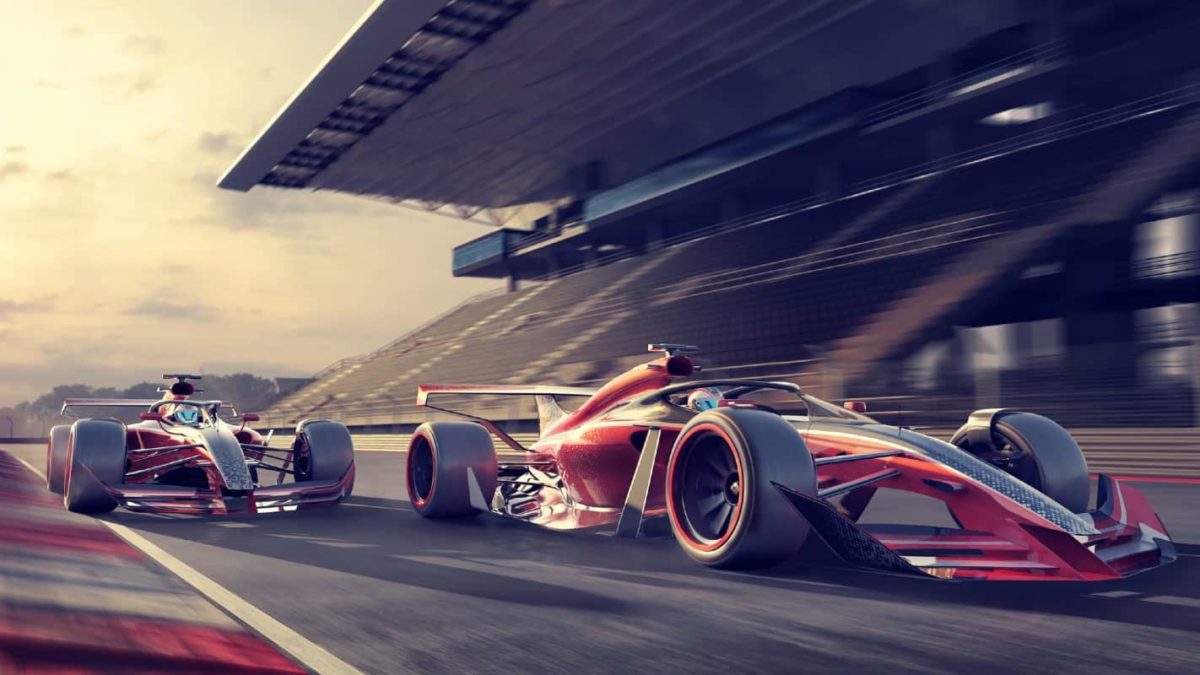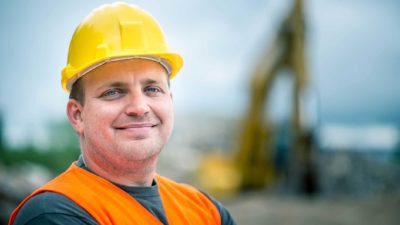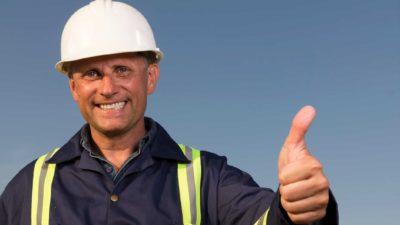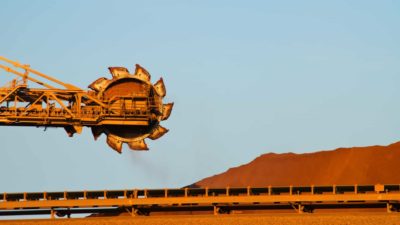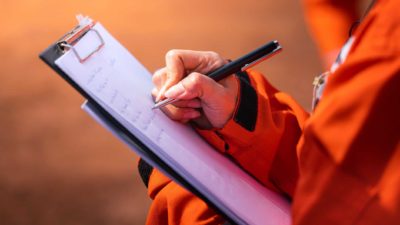Fortescue Metals Group Limited (ASX: FMG), kinetic energy, and Formula One – oh my!
Fans of the ASX iron ore giant will be used to hearing of the futuristic technology being produced by the company and its green energy leg, Fortescue Future Industries (FFI). Though, that doesn't make its ventures any less exciting.
In fact, its latest innovation will likely pique the interest of many Fortescue shareholders. Particularly, as it could bring $200 million of annual cost reductions.
Let's take a look at the Formula One battery that could see iron ore trains powered by kinetic energy.
The ASX's Fortescue Metals meets Formula One
ASX iron ore giant Fortescue Metals' plan to create the world's first 'Infinity Train' has been public knowledge for a few weeks now.
The battery-powered train will generate electricity by using its braking system while travelling downhill. Thus, its batteries will be able to charge using kinetic energy rather than a secondary power source.
Fortescue expects to pay US$50 million over the next two years to get the battery-powered trains to the Pilbara region. And new details of its design have come to light today.
According to reporting by the Australian Financial Review (AFR), the train will use nearly identical batteries to those developed for Formula One's electric vehicle leg, Formula E.
Williams Advanced Engineering (WAE) created Formula E's battery technology. FFI acquired the company earlier this month.
Additionally, the kinetic energy harvested from the train's braking system might produce excess energy, Fortescue chair Andrew Forrest and WEA CEO Craig Wilson told the AFR.
That energy could be funnelled back to Fortescue's renowned hydrogen operations.
Previously, Fortescue stated the Infinity Train could see the ASX giant ditching diesel from its iron ore haulage operations.
Without the battery-powered train, the company could be burning 100 million litres of diesel annually in two years' time, Forrest told the AFR.
Thus, the Infinity Train's introduction could save Fortescue Metals $200 million each year.
It could also help the company reach its goal of ditching diesel by 2030 and drastically cut its carbon emissions.
Transporting iron ore using diesel-powered trains accounted for 11% of the company's scope 1 emissions in financial year 2021.
While Fortescue Metals has been seemingly kicking goals on the innovation front lately, its performance on the ASX has been lacking.
Right now, the Fortescue share price is 4.5% lower than it was at the start of 2022.

